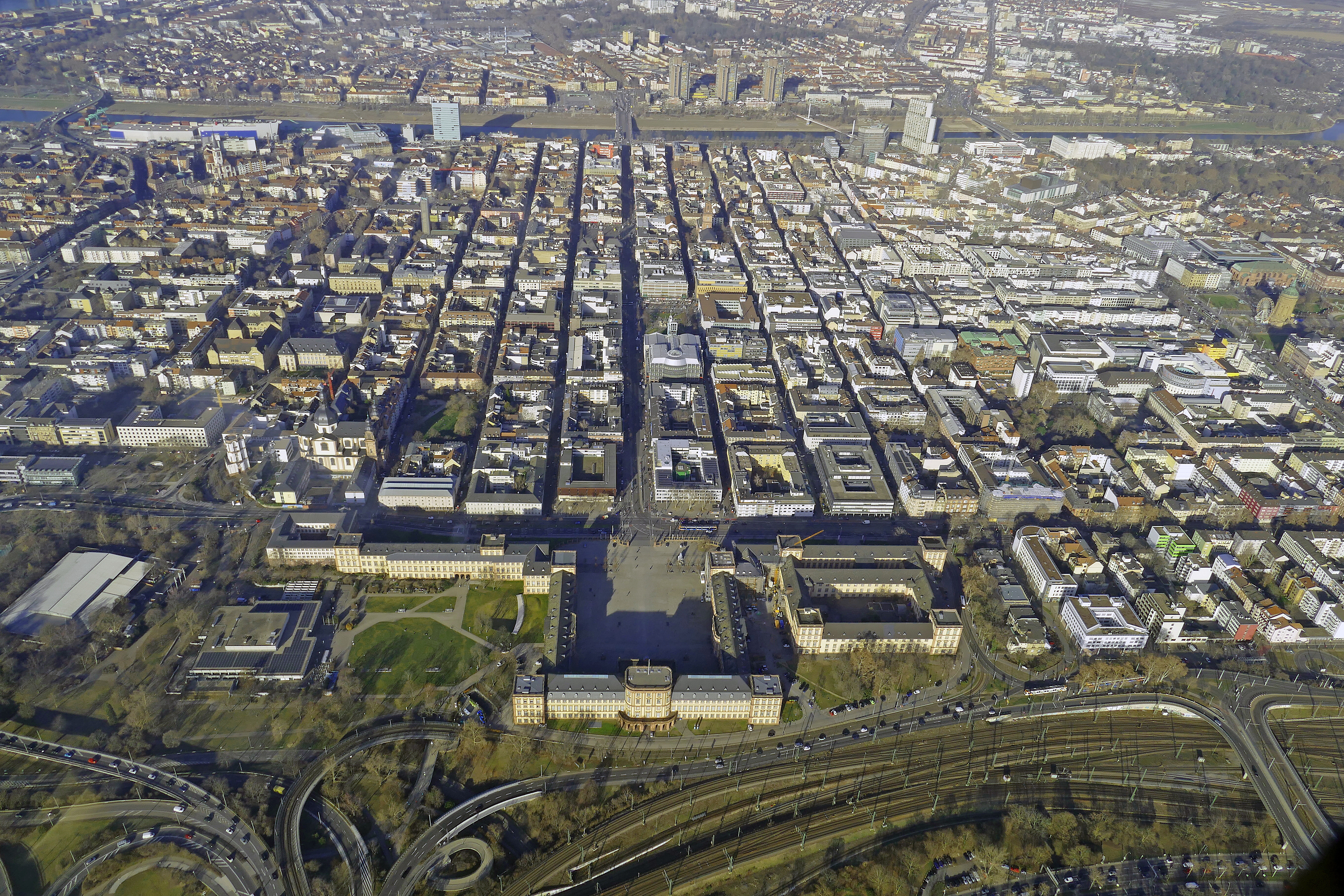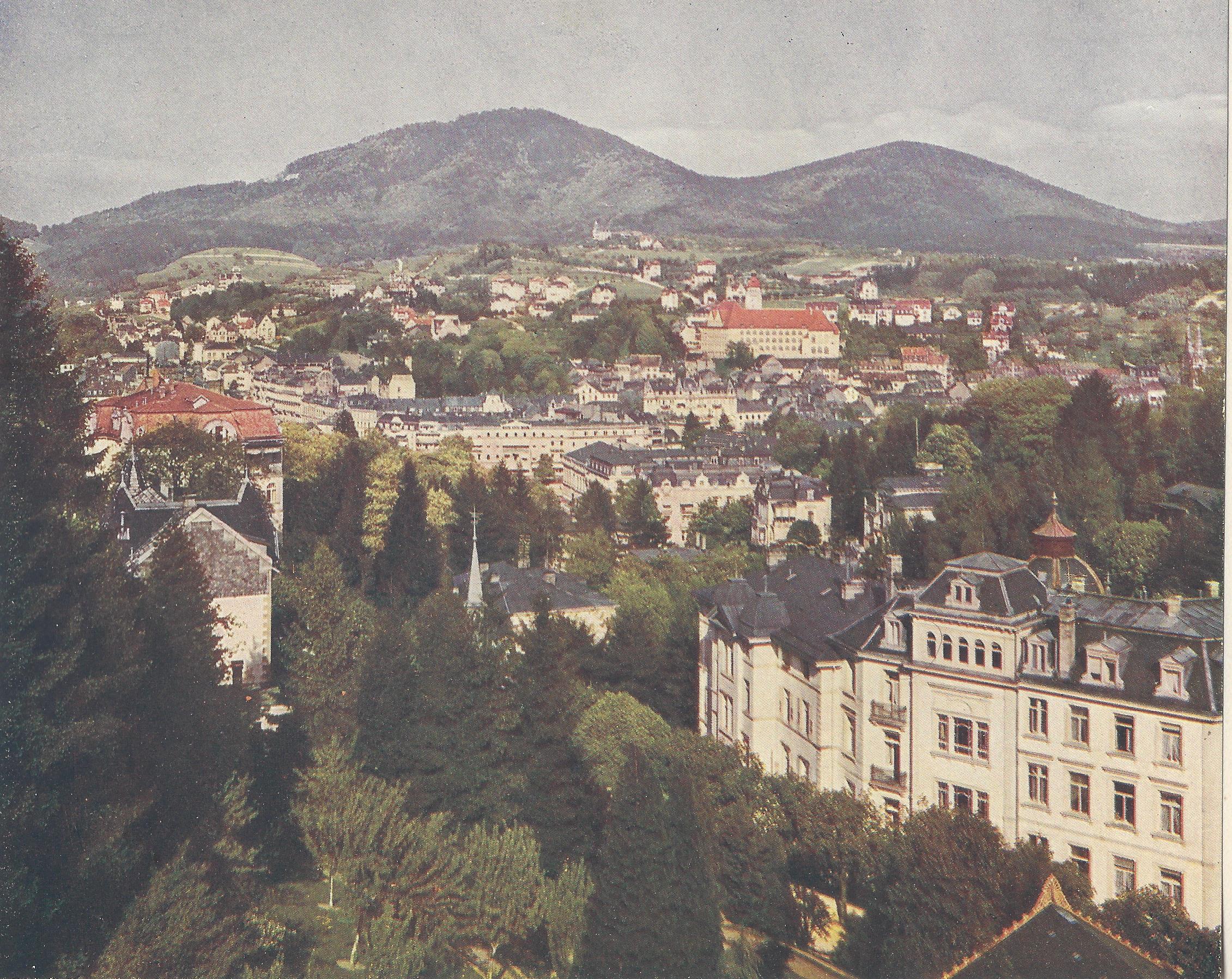|
Helene Berg
Helene "Lene" Berg born Helene Veser (10 April 1906 – 21 February 2006) was a German communist politician and a resistance activist against National Socialism. Between 1958 and 1989 she was a member of the Central Committee of the ruling SED (party) in the German Democratic Republic (East Germany), where she was also director of the Berlin based Academy for Social Sciences. Life Early years Helene Veser was born in Mannheim, in the Grand Duchy of Baden on 10 April 1906. Her father, formerly a miller, owned a timber business while her mother was in domestic service. Helene successfully completed her schooling in 1923 and entered a dressmaking apprenticeship, remaining in this type of work in Mannheim till 1928. Activism In 1921 she became a member of the SAJ (''Sozialistische Arbeiter-Jugend''), which was in effect the youth wing of the country's SPD (Germany's party of the moderate left). In 1922 she joined the German clothing workers' Trades Union, and in 1924 she j ... [...More Info...] [...Related Items...] OR: [Wikipedia] [Google] [Baidu] |
Mannheim
Mannheim (; Palatine German: or ), officially the University City of Mannheim (german: Universitätsstadt Mannheim), is the second-largest city in the German state of Baden-Württemberg after the state capital of Stuttgart, and Germany's 21st-largest city, with a 2020 population of 309,119 inhabitants. The city is the cultural and economic centre of the Rhine-Neckar Metropolitan Region, Germany's seventh-largest metropolitan region with nearly 2.4 million inhabitants and over 900,000 employees. Mannheim is located at the confluence of the Rhine and the Neckar in the Kurpfalz (Electoral Palatinate) region of northwestern Baden-Württemberg. The city lies in the Upper Rhine Plain, Germany's warmest region. Together with Hamburg, Mannheim is the only city bordering two other federal states. It forms a continuous conurbation of around 480,000 inhabitants with Ludwigshafen am Rhein in the neighbouring state of Rhineland-Palatinate, on the other side of the Rhine. Some northe ... [...More Info...] [...Related Items...] OR: [Wikipedia] [Google] [Baidu] |
Social Science
Social science is one of the branches of science, devoted to the study of societies and the relationships among individuals within those societies. The term was formerly used to refer to the field of sociology, the original "science of society", established in the 19th century. In addition to sociology, it now encompasses a wide array of academic disciplines, including anthropology, archaeology, economics, human geography, linguistics, management science, communication science and political science. Positivist social scientists use methods resembling those of the natural sciences as tools for understanding society, and so define science in its stricter modern sense. Interpretivist social scientists, by contrast, may use social critique or symbolic interpretation rather than constructing empirically falsifiable theories, and thus treat science in its broader sense. In modern academic practice, researchers are often eclectic, using multiple methodologies (for instance, by ... [...More Info...] [...Related Items...] OR: [Wikipedia] [Google] [Baidu] |
Soviet Union
The Soviet Union,. officially the Union of Soviet Socialist Republics. (USSR),. was a transcontinental country that spanned much of Eurasia from 1922 to 1991. A flagship communist state, it was nominally a federal union of fifteen national republics; in practice, both its government and its economy were highly centralized until its final years. It was a one-party state governed by the Communist Party of the Soviet Union, with the city of Moscow serving as its capital as well as that of its largest and most populous republic: the Russian SFSR. Other major cities included Leningrad (Russian SFSR), Kiev (Ukrainian SSR), Minsk ( Byelorussian SSR), Tashkent (Uzbek SSR), Alma-Ata (Kazakh SSR), and Novosibirsk (Russian SFSR). It was the largest country in the world, covering over and spanning eleven time zones. The country's roots lay in the October Revolution of 1917, when the Bolsheviks, under the leadership of Vladimir Lenin, overthrew the Russian Provisional Government ... [...More Info...] [...Related Items...] OR: [Wikipedia] [Google] [Baidu] |
International Lenin School
The International Lenin School (ILS) was an official training school operated in Moscow, Soviet Union, by the Communist International from May 1926 to 1938. It was resumed after the Second World War and run by the Communist Party of the Soviet Union; it continued until the end of the Soviet Union. The ILS taught both academic courses and practical underground political techniques with a view to developing a core disciplined and reliable communist political cadres for assignment in communist parties around the world. Establishment The International Lenin School (ILS) was founded in 1926 as an instrument for the "Bolshevisation" of the Communist International (Comintern) and its national sections, following the resolutions of the Fifth World Congress of the Comintern.J.T. Murphy, "The First Year of the Lenin School," '' Communist International,'' vol. 4, no. 14 (Sept. 20, 1927), pg. 267. The school was established, in the formal language of the Comintern: To assist the Comintern se ... [...More Info...] [...Related Items...] OR: [Wikipedia] [Google] [Baidu] |
Moscow
Moscow ( , US chiefly ; rus, links=no, Москва, r=Moskva, p=mɐskˈva, a=Москва.ogg) is the capital and largest city of Russia. The city stands on the Moskva River in Central Russia, with a population estimated at 13.0 million residents within the city limits, over 17 million residents in the urban area, and over 21.5 million residents in the metropolitan area. The city covers an area of , while the urban area covers , and the metropolitan area covers over . Moscow is among the world's largest cities; being the most populous city entirely in Europe, the largest urban and metropolitan area in Europe, and the largest city by land area on the European continent. First documented in 1147, Moscow grew to become a prosperous and powerful city that served as the capital of the Grand Duchy that bears its name. When the Grand Duchy of Moscow evolved into the Tsardom of Russia, Moscow remained the political and economic center for most of the Tsardom's history. When th ... [...More Info...] [...Related Items...] OR: [Wikipedia] [Google] [Baidu] |
Gera
Gera is a city in the German state of Thuringia. With around 93,000 inhabitants, it is the third-largest city in Thuringia after Erfurt and Jena as well as the easternmost city of the ''Thüringer Städtekette'', an almost straight string of cities consisting of the six largest Thuringian cities from Eisenach in the west, via Gotha, Erfurt, Weimar and Jena to Gera in the east. Gera is the largest city in the Vogtland, and one of its historical capitals along with Plauen, Greiz and Weida. The city lies in the East Thuringian Hill Country, in the wide valley of the White Elster, between Greiz (upstream) and Leipzig (downstream). Gera is located in the Central German Metropolitan Region, approximately south of Saxony's largest city of Leipzig, east of Thuringia's capital Erfurt, west of Saxony's capital Dresden and 90 km (56 miles) north of Bavaria's city of Hof (Saale). First mentioned in 995 and developing into a city during the 13th century, Gera has historical significa ... [...More Info...] [...Related Items...] OR: [Wikipedia] [Google] [Baidu] |
Allgemeiner Deutscher Gewerkschaftsbund
The General German Trade Union Federation (german: Allgemeiner Deutscher Gewerkschaftsbund, ADGB) was a confederation of German trade unions in Germany founded during the Weimar Republic. It was founded in 1919 and was initially powerful enough to organize a general strike in 1920 against a right-wing coup d'état. After the 1929 Wall Street crash, the ensuing global financial crisis caused widespread unemployment. The ADGB suffered a dramatic loss of membership, both from unemployment and political squabbles. By the time the Nazis seized control of the government, the ADGB's leadership had distanced itself from the Social Democratic Party of Germany (SPD) and was openly cooperating with Nazis in an attempt to keep the organization alive. Nonetheless, on May 2, 1933, the SA and SS stormed the offices of the ADGB and its member trade unions, seized their assets and arrested their leaders, crushing the organization. History The ADGB was founded on July 5, 1919 [...More Info...] [...Related Items...] OR: [Wikipedia] [Google] [Baidu] |
Baden-Baden
Baden-Baden () is a spa town in the states of Germany, state of Baden-Württemberg, south-western Germany, at the north-western border of the Black Forest mountain range on the small river Oos (river), Oos, ten kilometres (six miles) east of the Rhine, the border with France, and forty kilometres (twenty-five miles) north-east of Strasbourg, France. In 2021, the town became part of the transnational World Heritage Site, UNESCO World Heritage Site under the name "Great Spa Towns of Europe", because of its famous spas and architecture that exemplifies the popularity of spa towns in Europe in the 18th through 20th centuries. Name The springs at Baden-Baden were known to the Roman Empire, Romans as ("The Waters") and ("Aurelia (name), Aurelia-of-the-Waters") after M. Aurelius Severus Alexander Augustus. In modern German, ' is a noun meaning "bathing" but Baden, the original name of the town, derives from an earlier plural, plural form of ' (Bathing, "bath"). (Modern German uses ... [...More Info...] [...Related Items...] OR: [Wikipedia] [Google] [Baidu] |
Young Communist League Of Germany
The Young Communist League of Germany (, abbreviated KJVD) was a political youth organization in Germany. History The KJVD was formed in 1920 from the Free Socialist Youth () of the Communist Party of Germany, A prior youth wing had been formed in October 1918, with support from the Spartacus League (). It was unable to attract new members and its membership peaked in the last years of the Weimar Republic at between 35,000 and 50,000. However, those who did join were commonly children of communist parents that were extremely devoted to the Communist Party. Their activities included selling party newspapers, painting slogans, gluing posters, collecting dues, taking part in agitation, and they made up the voice choruses for Communist songs at demonstrations and other events. The KJVD had its own publishing house, the "Young Guard". The KJVD followed the Communist Party propaganda of attacking the Social Democratic Party of Germany as a proponent of "social fascism" resulting i ... [...More Info...] [...Related Items...] OR: [Wikipedia] [Google] [Baidu] |





